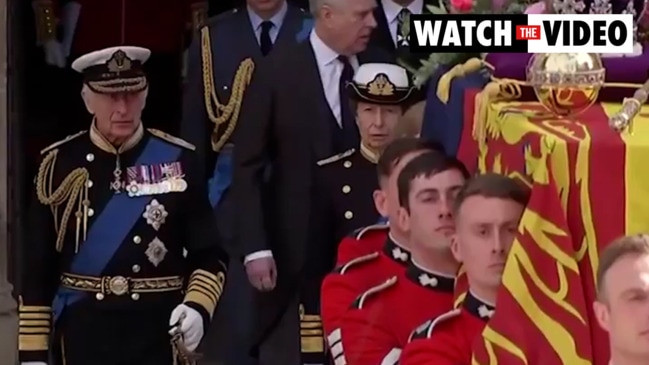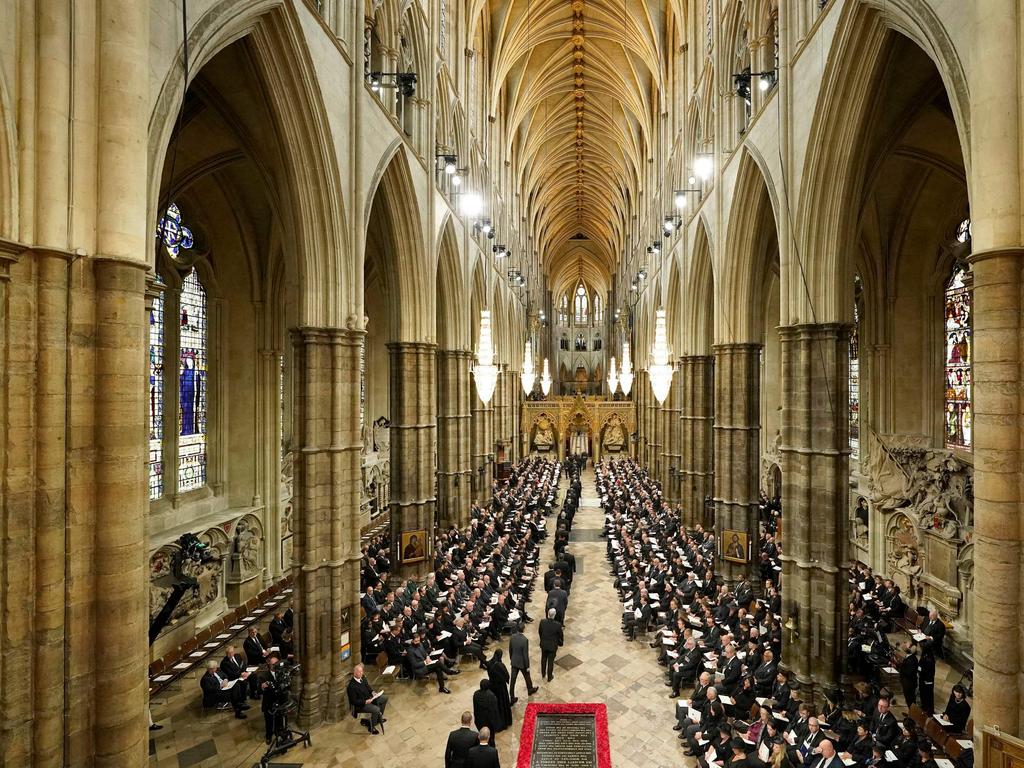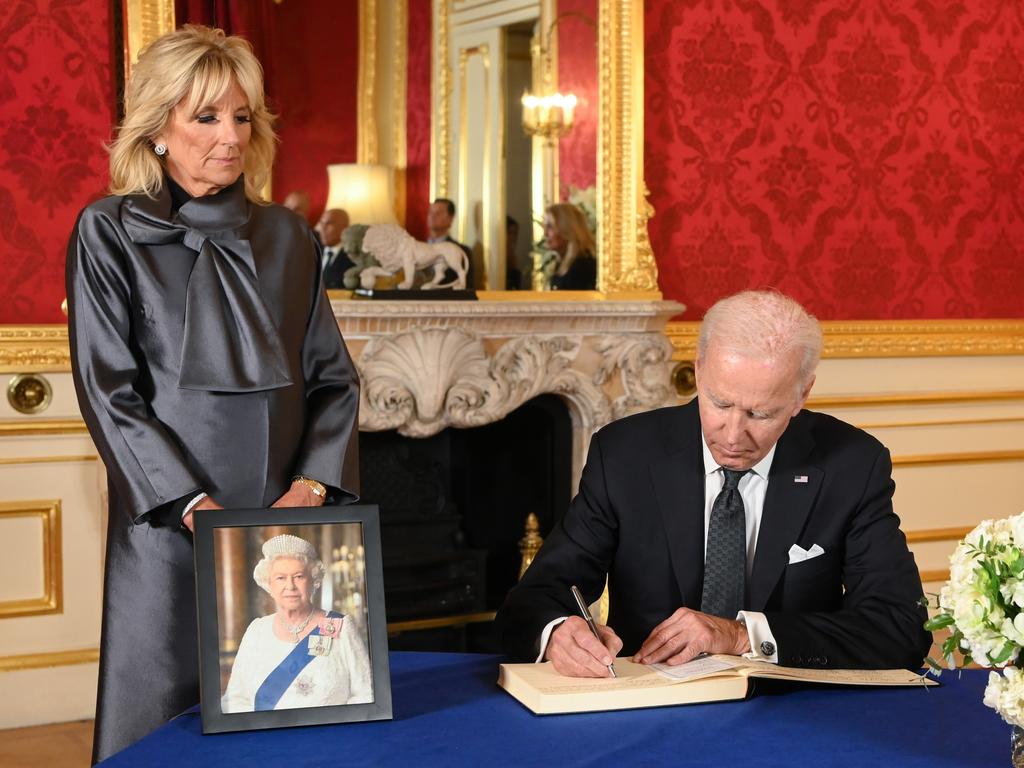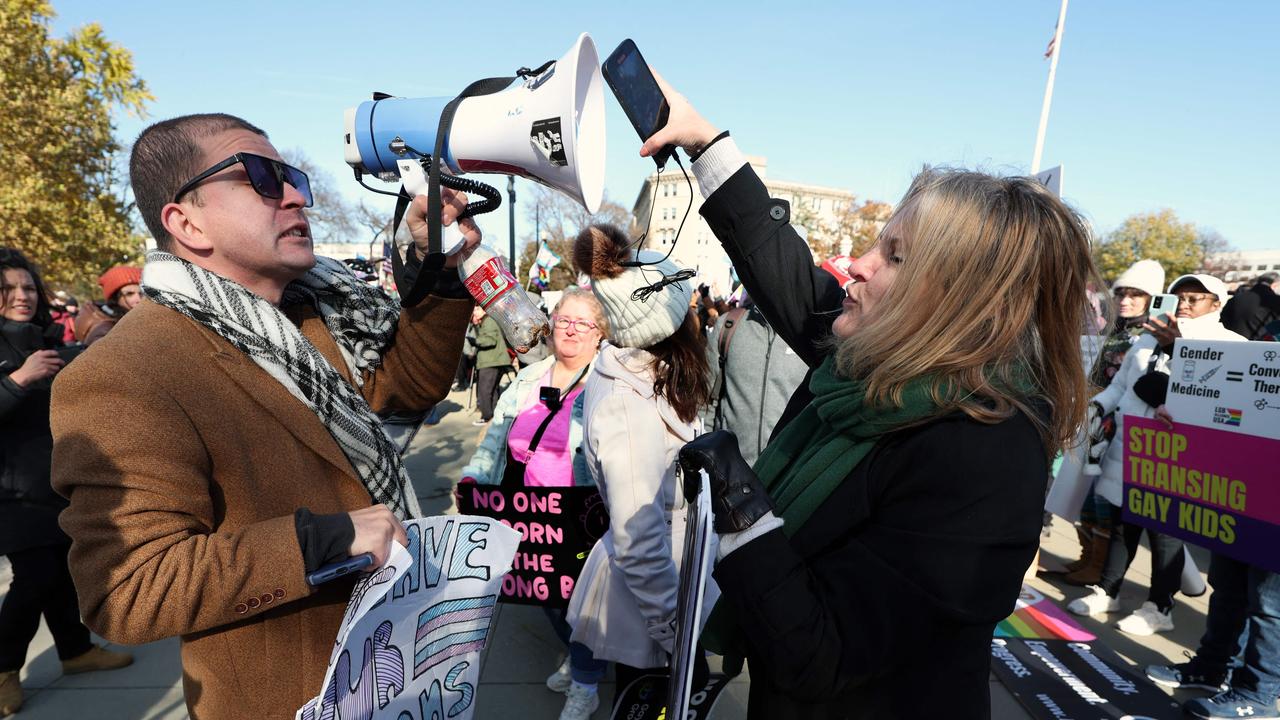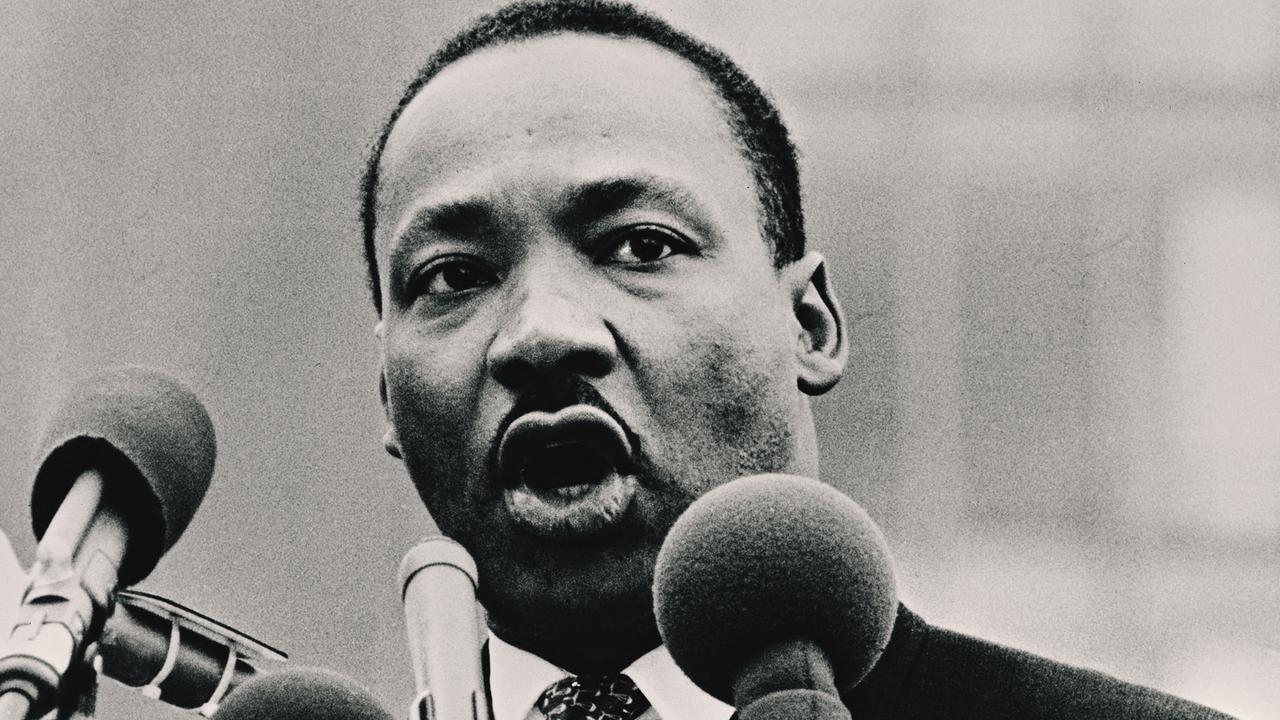Thank you and goodbye: Britain’s final farewell to Queen Elizabeth
For ordinary Brits, the greatest tribute they could give to their fallen monarch was simply to turn up. And, boy, did they turn up. In biblical numbers, they swamped the streets of London.
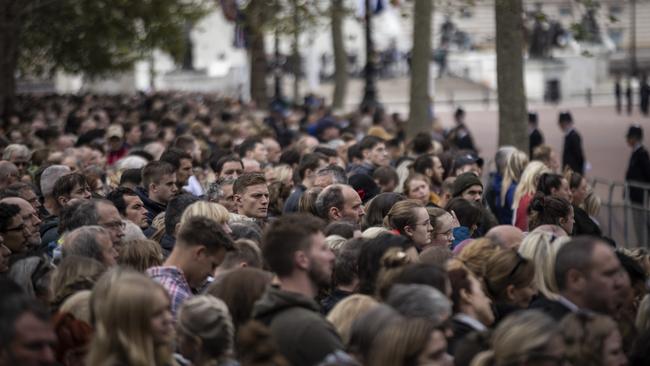
They came from all corners of her kingdom just to be there. To say thank you. To say goodbye.
Most of them couldn’t get near Westminster Abbey itself, but that didn’t matter because the abbey was for world leaders and dignitaries, not the commoners who loved their Queen the most.
For ordinary Brits, the greatest tribute they could give to their fallen monarch was simply to turn up. And, boy, did they turn up. In biblical numbers, they swamped the streets of London, they filled its parks, they packed its pubs, they made the city heave.
It was a love letter made up of human beings.
The lucky ones secured a spot along the procession route, bowing their heads to the Queen as her coffin passed by for the last time. Others watched it on the big screen in Hyde Park. And many got no view of anything much, but that didn’t matter. They were all there to witness history, mourn the passing of a queen and of an era. Perhaps some even wanted bragging rights to be able to tell their future grandkids that they were at the Queen’s funeral, just like their own parents spoke of watching the Moon landing.
They all mourned her in different ways. Some cried as her coffin passed, others bowed their heads, some curtsied, others stared blankly and even more just held up their phones to capture the moment.
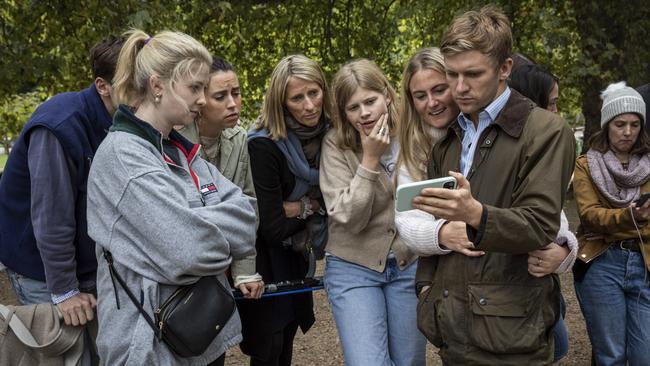
In death, the Queen has taught us more about the royals than we ever knew. We knew the Queen was popular, but could anyone have expected such an outpouring of emotion across Britain and the world?
It is hard for many in Australia to fathom the depth of genuine affection and loss that the Brits feel for their Queen.
Whether it was lining 10-deep to catch a glimpse of her coffin in Edinburgh, or lining up for more than 24 hours to have 10 seconds in front of her coffin at Westminster Hall, the people spoke with their feet.
It’s not a media spin nor a public relations gimmick by Buckingham Palace – the grieving of the nation for the Queen is real and palpable.
But the mourning period has also given us an insight into underlying tensions and dynamics in the royal family.
It has shone a spotlight on the fact that the warring brothers, Prince William and Prince Harry, have not reconciled despite their grandmother’s death.
Their body language has been as frigid as ice and Harry’s grievances with his family, from the diminished royal status given to his children to the botched invitation to the gala function for world leaders at Buckingham Palace, has left him seething and isolated.
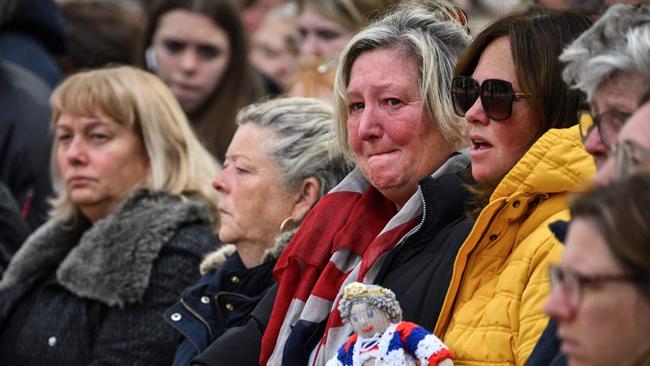
We have learned something far more positive about the new King Charles. He has managed to juggle his personal grief of losing his mother with a relentless work schedule as the new King.
His first speech to the nation was a pitch-perfect blend of empathy and duty and his gruelling duties of travelling to Scotland, Wales and Northern Ireland before the funeral were conducted without fault, bar a mini-tantrum over a leaky pen.
We learned that Princess Anne was a more important cog in the royal web than we knew, playing a sad but important ceremonial role in accompanying her mother’s body from Balmoral to Edinburgh to London and finally to Buckingham Palace.
We learned that Prince Andrew has a battle ahead of him to convince his brother, the new King, to grant him any favours that might rehabilitate him over his grubby links with accused sex trafficker Jeffrey Epstein.
Most of all, we learned that no amount of family drama could take away the central message of this funeral – that the Queen was revered by most of her country and admired by much of the world.
That is why they came in their droves to London, paying tribute from the cheap seats, to celebrate an astonishing life.
To say thank you. To say goodbye. Just to be there.
More Coverage
